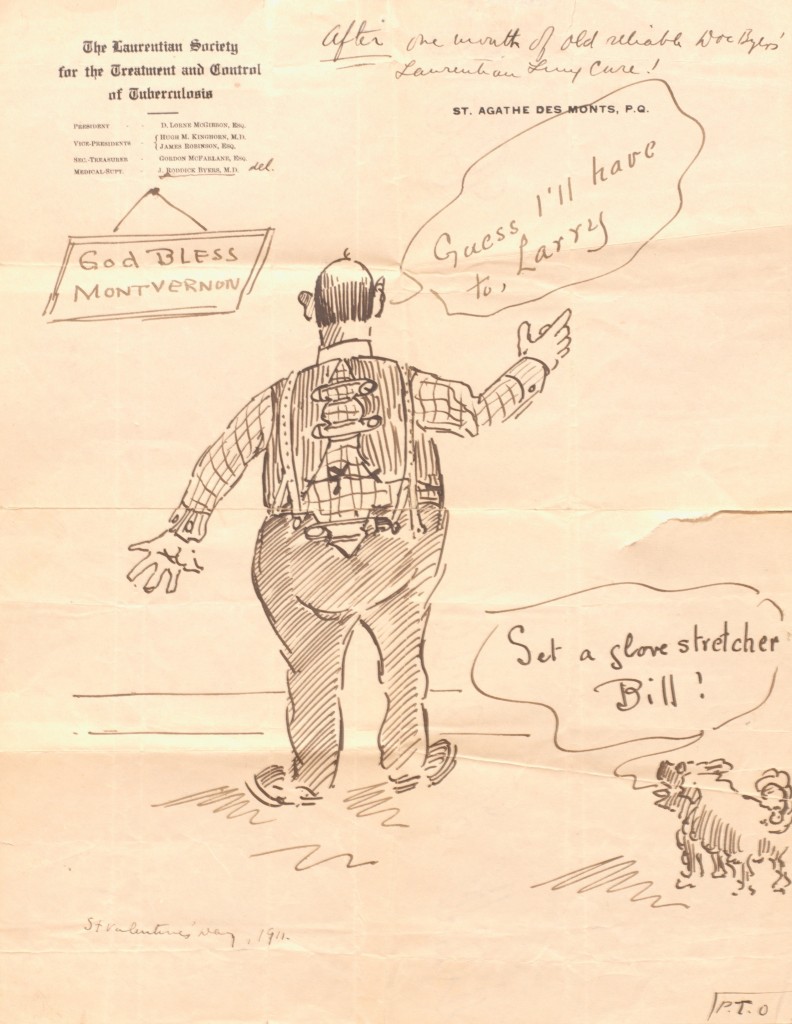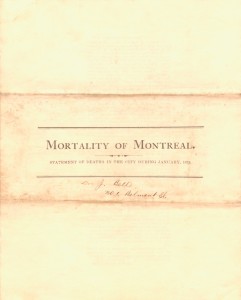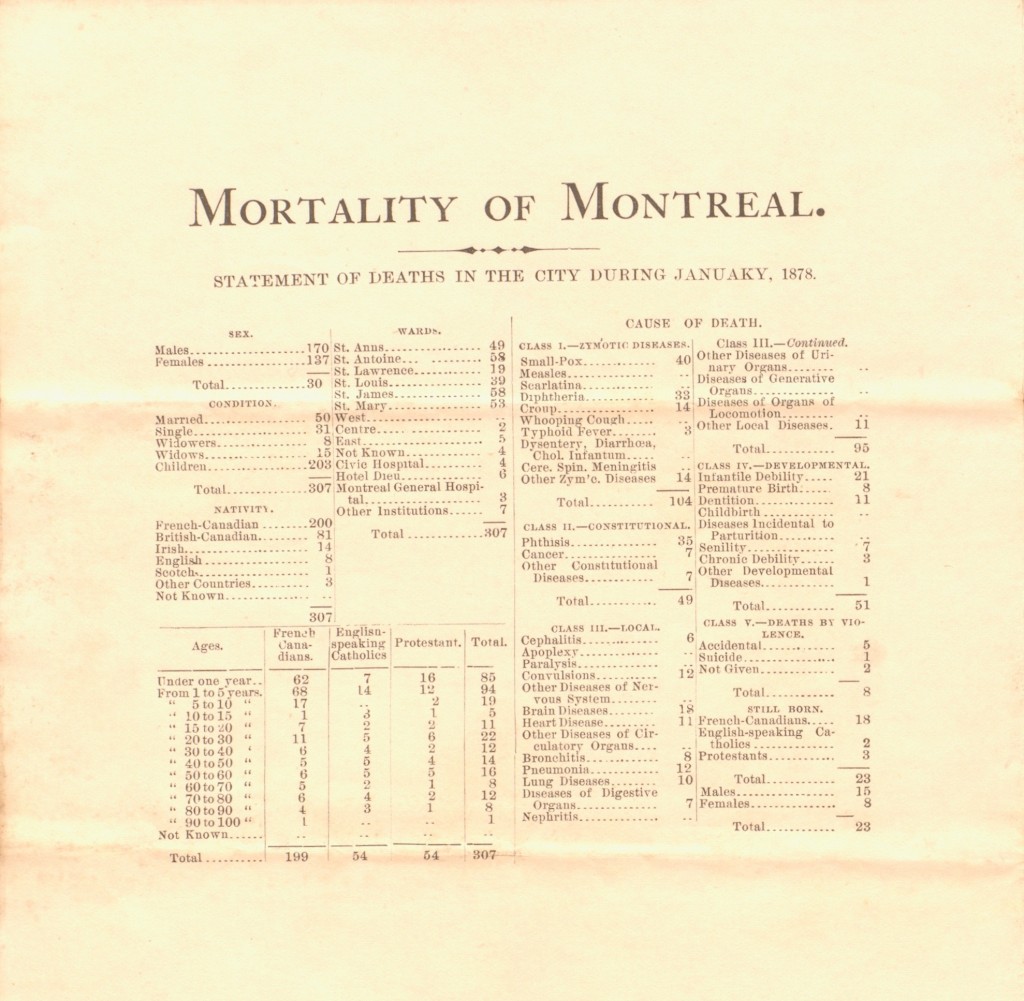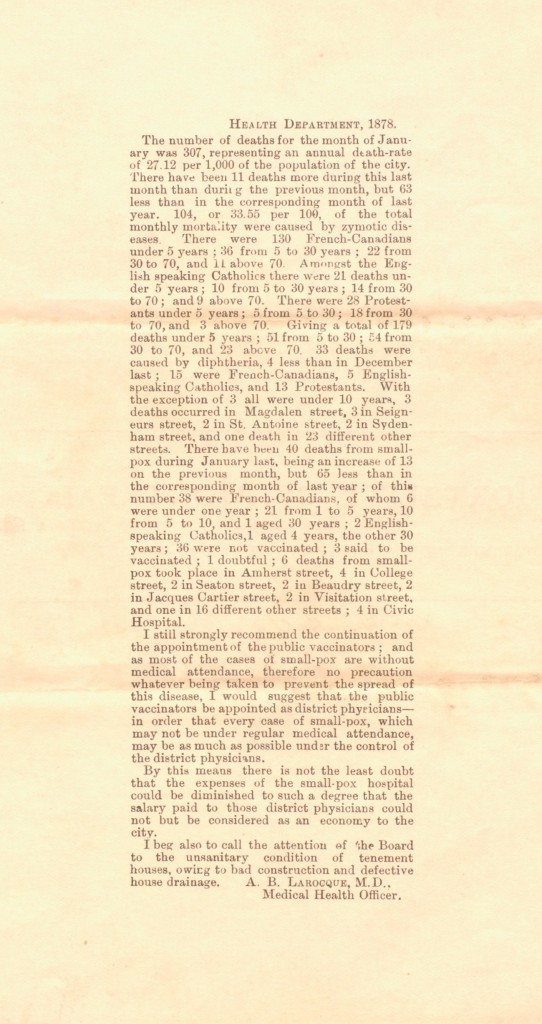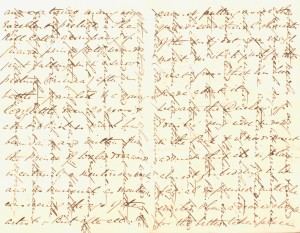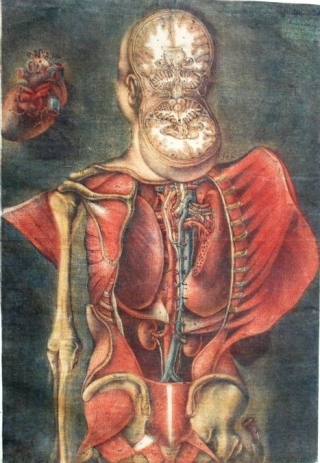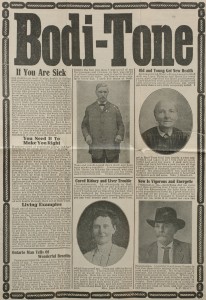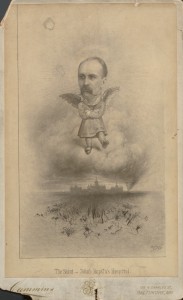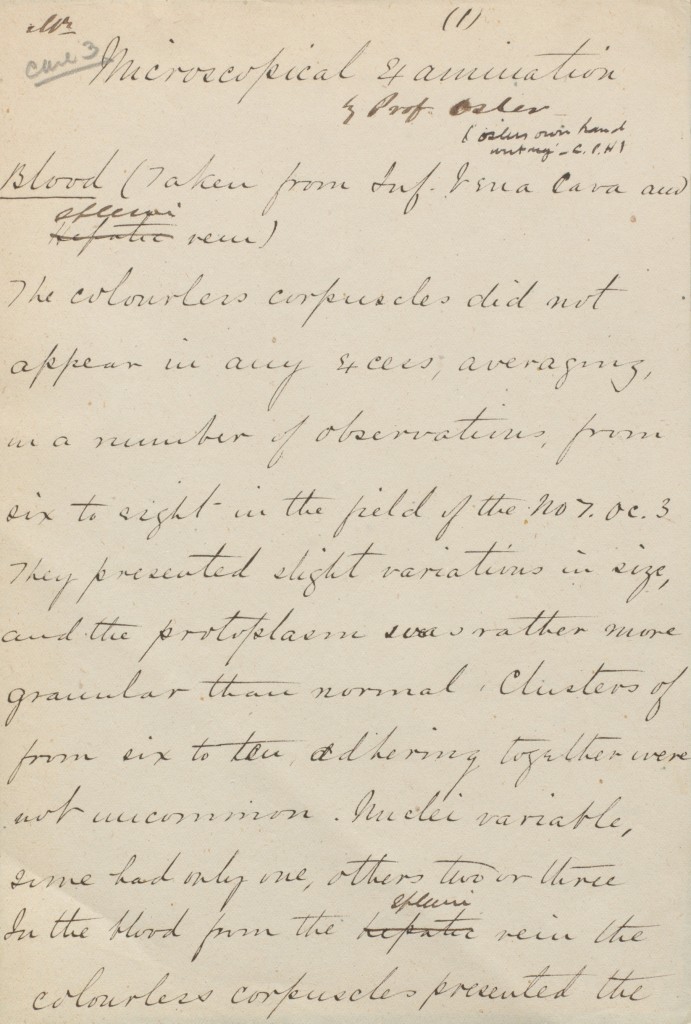We recently came across some amusing caricatures while processing new additions to the Cecil Percy Martin fonds and the Kelen Family collection in the Osler archives. It’s no surprise that university lecturers make ideal subjects for this kind of expression!
Dr. Cecil Percy Martin (1892-1977) was a popular Professor of Anatomy at McGill, well-known for his compelling speaking ability, and his Irish wit. This caricature is part of Martin’s personal scrapbooks that were recently donated to the archives. Alongside clippings of medical articles, postcards, and family photographs, he included this caricature that was left on his desk by a student on St. Patrick’s Day, 1941.
Dr. Robert Knox (1792-1862) was a nineteenth century Scottish (Edinburgh) anatomist known for his lectures and dissections that were usually open to public viewing with the purchase of a ticket. Knox was not known for his sense of humour. He had a particularly dark reputation for side-stepping the law, using undeniably questionable means in order to attain his ‘fresh’ cadavers.
This depiction of Dr. Knox posing with a skeleton hand is thought to have been drawn by one of his students circa 1825. Several copies of the caricature are in existence. This particular one was given to Dr. W. W. Francis (1878-1959), the first Osler librarian, in 1925 while Francis was in Oxford cataloguing the Bibliotheca Osleriana. It is now part of the Kelen Family fonds, donated to the Osler Library by Francis’ granddaughter.
Another caricature included in the Kelen Family fonds is one sketched by W. W. Francis himself. The image exaggerates and pokes fun at his weight gain following his recovery from pulmonary tuberculosis in 1911. “Mount Vernon” was the name of the boarding house that Francis occupied at St. Agathe Sanatorium, The Laurentian Society for the Treatment and Control of Tuberculosis. A “glove stretcher” was a wooden peg, shaped more-or-less like a pair of scissors, used by nineteenth century ladies who struggled to put on their leather gloves that had shrunk in the wash water.
The ability to laugh at oneself is an important component of a person’s mental health and well-being. As the Irish proverb goes: A good laugh and a long sleep are the two best cures for anything!




